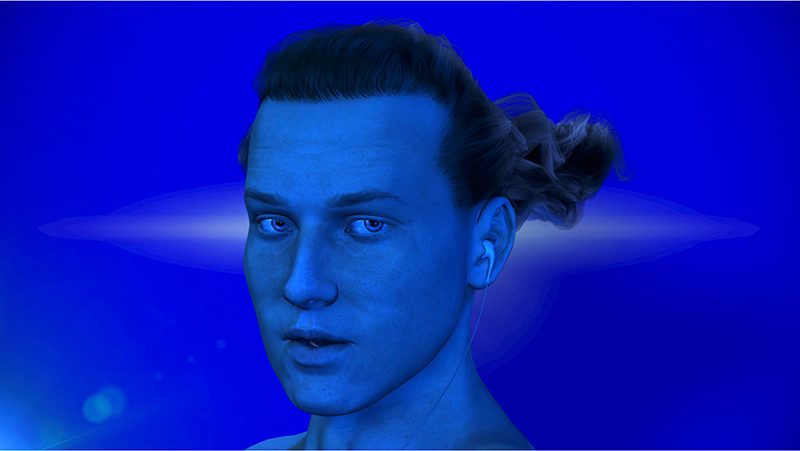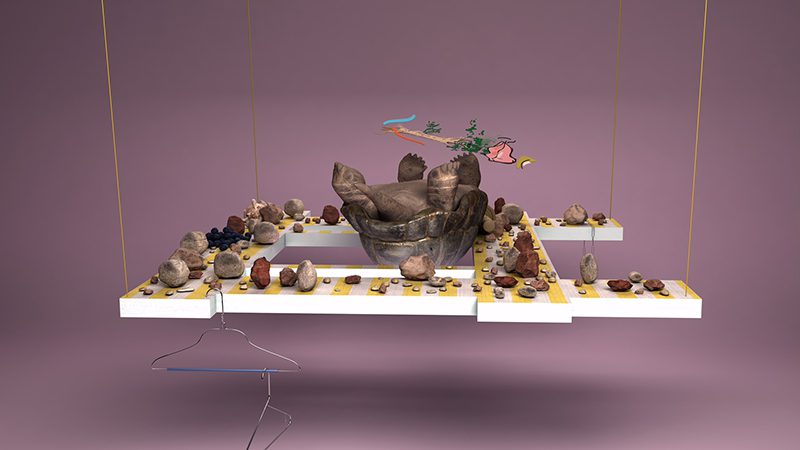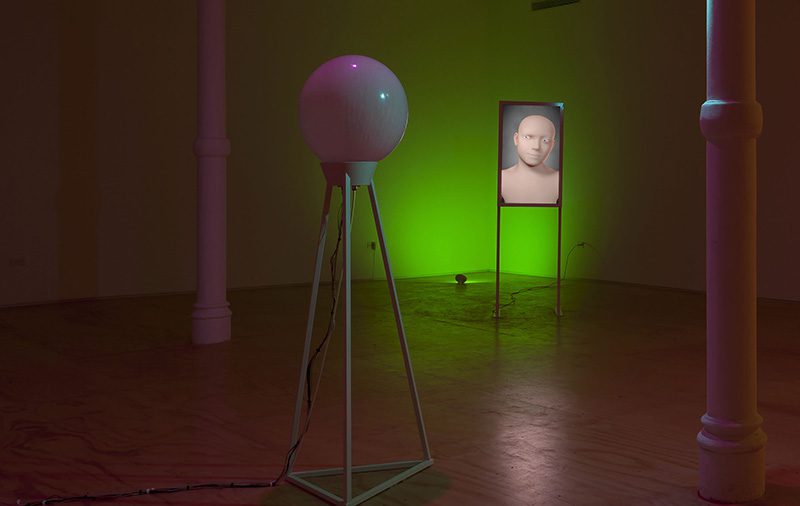ART-PRESENTATION: Suspended Animation
 100 years after the production of the first animated film, the Smithsonian’s Hirshhorn Museum and Sculpture Garden takes stock of the current state of the art form and considers what it can reveal to us about the information age, in “Suspended Animation”, an exhibition which brings together six artists who use animation as a tool to challenge our conceptions of reality.
100 years after the production of the first animated film, the Smithsonian’s Hirshhorn Museum and Sculpture Garden takes stock of the current state of the art form and considers what it can reveal to us about the information age, in “Suspended Animation”, an exhibition which brings together six artists who use animation as a tool to challenge our conceptions of reality.
By Efi Michalarou
Photo: Hirshhorn Museum and Sculpture Garden Archive
The exhibition “Suspended Animation”, brings together six artists who use animation as a tool to challenge conceptions of reality: Ed Atkins, Antoine Catala, Ian Cheng, Josh Kline, Helen Marten and Agnieszka Polska. Their works explore the actualities of the information age, such as the impact of virtual worlds on tangible physical experience or the digitization of identity. The term “Suspended animation” is the slowing or stopping of life processes by exogenous or endogenous means without termination in order to extend life. Applied to contemporary computer animation, the notion refers to the virtual replacement of the physical body. An important part of human experience today is occurring on screens, and a disembodied consciousness is taking over. This phenomenon has led the artists in this exhibition to redefine the body by reworking the relation between self and technology. The artists employ a diverse array of cutting-edge techniques, such as digital assemblage, facial substitution and projection onto pneumatic sculpture. And they draw on sources as varied as psychologist Julian Jaynes’s theory of the evolution of human consciousness, the poetry of Gilbert Sorrentino and the peculiar perceptual phenomenon of Autonomous Sensory Meridian Response. Ed Atkins works with computer-generated characters and scenes that are built upon self-performance and explore the creation of alternative notions of space and time, while Antoine Catala pairs animation with pneumatic sculptures and holograms, creating encounters that drift into the humourous but also investigate the edges of perception. Helen Marten meanwhile creates animated objects and interiors whose artificial surfaces give them an uncanny presence, while voiceovers unrelated to the action onscreen add enigmatic undertones. Ian Cheng in his live simulations, familiar objects are programmed with basic properties but are left to influence each other without authorial control. Josh Kline draws inspiration from advertising, social media and the latest technological innovations. His sculptural installations reflect on digital transformations and their impact on the social and political sphere. Finally Agnieszka Polska creates immersive, hallucinatory animations that exploit ambiguities of understanding in visual imagery, verbal language and science. Rather than mimicking the real, animation here the works examine the embodiment of reality within a digital world. It provides the means to investigate the relationship between reality and simulation, fact and fiction, human beings and avatars. Such works ultimately ask whether the virtual body marks the end of the real body.
Info: Curator: Gianni Jetzer, Hirshhorn Museum and Sculpture Garden, Independence Avenue at Seventh Street SW, Washington, Duration: 10/2-12/3/16, Days & Hours: Daily 10:00-17:30, http://hirshhorn.si.edu



